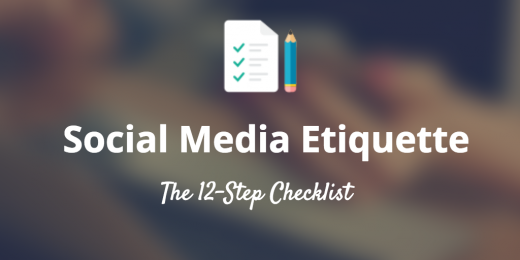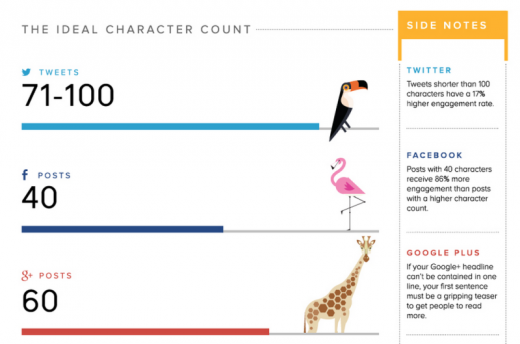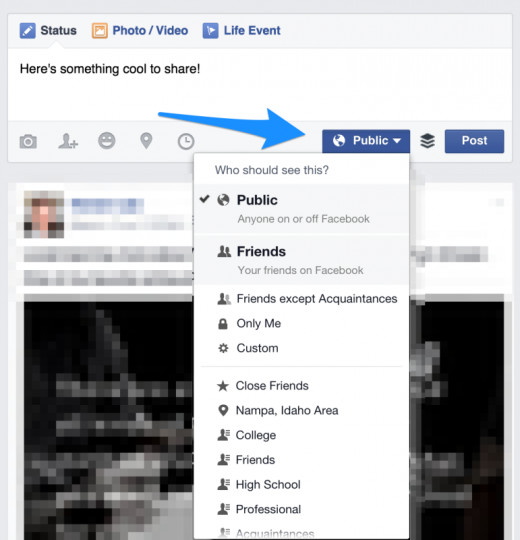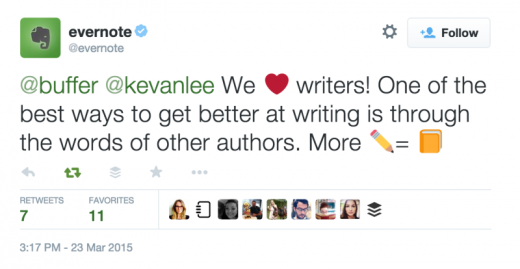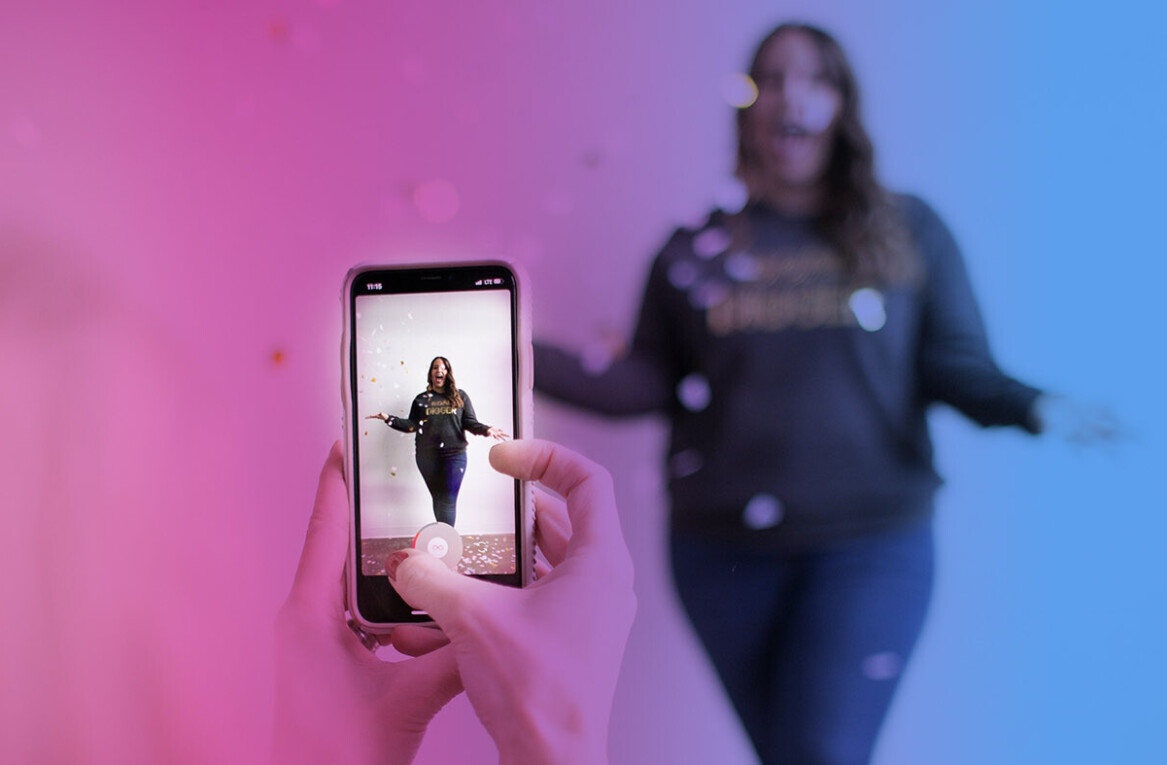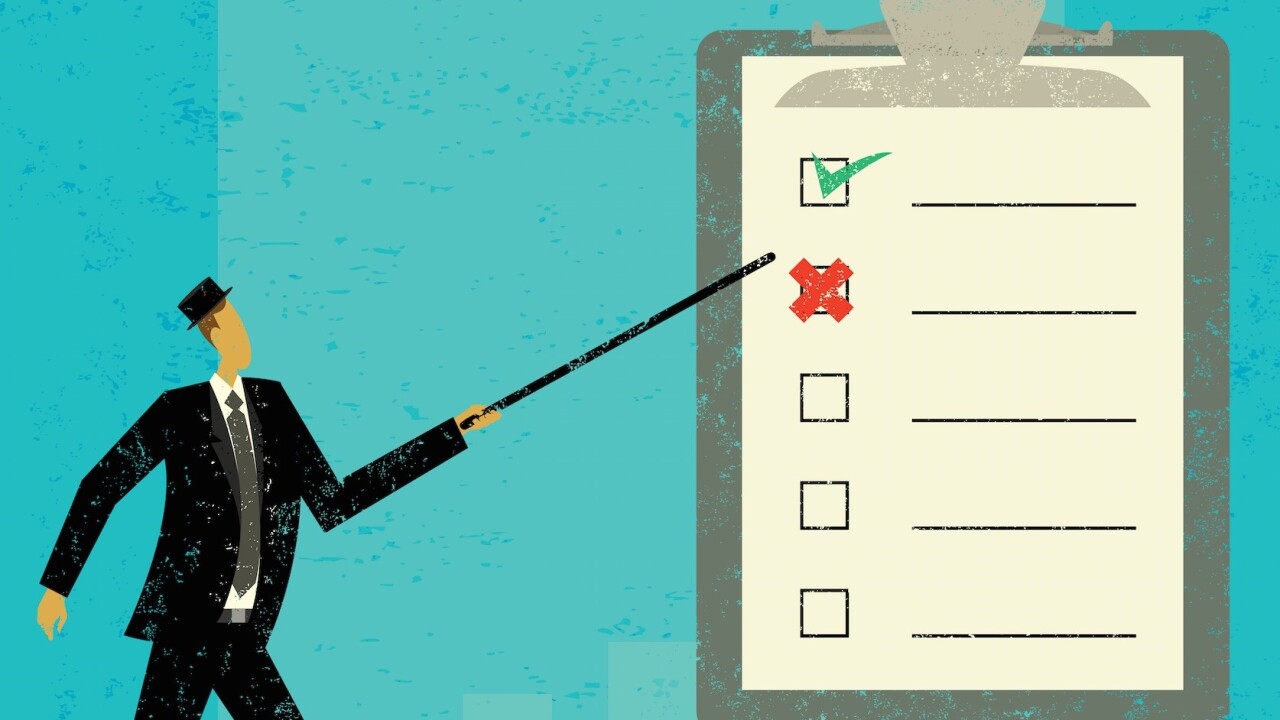
This post originally appeared on the Buffer blog.
Before you hit the Publish button or send an update to the queue, what do you do?
Quite often, I find myself publishing instinctively and sometimes failing to consider all the necessary questions and guidelines for what makes a wildly successful, viral—and valuable!—social media update.
To do right by your audience, to deliver the utmost value and receive the maximum engagement, there are a handful of qualifications that every social media post should meet. From our experience and our research, 12 items stand out, making for a super slick checklist. We’d love to share with you how this looks.
Image credit:Buffer
The 12-Step Social Media Checklist
- Is the message educational or entertaining?
- Is the voice correct?
- Is it too long?
- Is the URL correct?
- Should I target a specific audience with this message?
- Did I use the right keywords and hashtags to maximize exposure?
- How many times have I already posted something today?
- Did I spell check?
- Will I be okay with absolutely anyone seeing this?
- Is this reactive communication or is it well thought-out?
- Did I make the most of visual content—images, video, slides?
- Did I make the most of my update text—headline formulas, polls, quizzes?
12 questions to ask before hitting send
The foundations for this checklist come from a lot of the learnings we’ve had with sharing and scheduling to the Buffer social media channels. Also, we’ve taken a lot of inspiration from some great resources on the topic of social media post checklists.
Forbes contributor Ilya Pozin passed along some great advice from marketer Lisa Goeckler, who suggested 12 questions to ask before posting on social media.
Similarly, marketing strategist Gerry Moran of the Marketing Think blog, shared 9 ways to think of social media sharing through the lens of content marketing—specifically how it relates to adding value for your audience with each social media post.
I loved this quote from Gerry:
No matter the marketing goal or how well-built the “rails” of the system are, it is content that is king and is the fuel that will make the “train” run and a strategy succeed. I have found that a social media filter is a useful before-you-press-that-send-button tool to make sure that you are delivering the best messages possible for your readers, customers and prospects!
So without further adieu, here are the questions that we settled on for the social media checklist for sending your next post.
1. Is the message educational or entertaining?
We’ve found that the most valuable content on social media—the content that gets the most interactions, engagement, and virality—has one of these two components. It’s either educational or it’s entertaining.
We tend toward the educational with our Buffer social media posts (and our content strategy in general).
Jay Baer shared some thoughts on content marketing and social media, two overlapping areas that share a lot of similarities for businesses. As you create content to share on social, you’re dipping into a form of content marketing also.
Content marketing is a device used by companies to educate, inform or entertain customers or prospects by creating attention or causing behavior that results in leads, sales or advocacy. Social media is used by customers and prospects to communicate among themselves, and occasionally with companies.
A few other questions that can be helpful at this stage to determine the educational/entertaining element of your social media post:
- Is your content interesting enough that users pass it on and post about it?
- Will anyone really care about this content besides me?
- If you were to see this post in your social media timeline, would you pause to read or reshare?
- Does your post add value for the reader?
2. Is the voice correct?
We’re big fans of finding a consistent voice and tone for your social media content. In our case, each social media message we put out seeks to achieve the following:
- Positive
- Helpful
- Actionable
Another way that voice can make a difference is with the pronouns and words you use in the post. Are you using language that others can easily reshare?
For example, a message like: “How I Write 4x Faster Thanks to This One Small Tip” could be a great headline coming from you. When others share it, does the pronoun cause more confusion than it’s worth?
3. Is it too long?
There’s been lots of great research into the ideal length of online content. In general, these guidelines are:
- Twitter – 71 to 100 characters
- Facebook – 40 characters (we’ve observed the other end of the spectrum—quite long posts—doing well also)
- Google+ headlines – 60 characters
The reason these recommendations are in place is because length matters greatly for posts that get viewed and reshared.
For example, tweets of 100 characters or fewer allow those who retweet to add their own commentary to your original message and stay within the 140-character limit themselves. And shorter posts on networks like Facebook and Google+ make it a bit easier on the reader to spend a quick second looking things over.
4. Is the URL correct?
There’re a couple parts to this one:
- Is the link accurate? Does it click through to where you intended?
- Is the link appropriate for the message and value proposition of your social media post?
It’s not all that helpful to have a catchy, clickable headline with a link that goes to the wrong place. And it also doesn’t feel great for your audience if the link doesn’t follow through on the promise of the tweet or post—or worse, if the link goes to a deceptive, salesy landing page!
When in doubt, click on the link in your social media post and see where it goes before hitting publish.
5. Should I target a specific audience with this message?
Who is my message for?
In most cases, your message will be intended for all your followers.
In some cases, the message might be better suited for a smaller group or an individual.
Facebook allows for audience customization with the messages you post from your personal profile. You can send to certain segments—friends, lists, or connections from a certain city, school, etc.—or you can send private direct messages as well.
On Twitter, you can point your messages to a particular person (or persons) by starting the tweet with an @-mention.
Also, Twitter direct messages can be sent privately to individuals who follow you (and whom you follow back) or sent privately to groups.
Good to know: For group messaging, those who are invited to the conversation can invite their followers also.
6. Did you use the right keywords and hashtags to maximize exposure?
In many ways, what this recommendation boils down to is this: Am I speaking the language that my audience understands?
- Is this post too vague? Will everyone understand what I’m saying?
- Am I using too many abbreviations in this post and starting to sound like a teenager?
You’re likely doing a great job of this already, if you have a sense for your niche and target audience. Focusing on the terminology that your audience uses will help your messages have maximum meaning and be easily found.
Adding hashtags to your messages can also help in terms of surfacing your content for those who follow you and for those who don’t. Users can search social networks for hashtags and click on hashtags to see other updates that use the same terms.
If you’re new to hashtags, we’ve enjoyed learning from one of our favorite browser extensions, RiteTag, which adds hashtag insight to the messages you’re composing.

7. How many times have I already posted something today?
Social media frequency is another area with a ton of great research attached. From what we’ve been able to find, these are some guidelines to consider when thinking about the volume of your social media posts:
- Twitter – 3-5 times per day
- Facebook – 2 times per day
- LinkedIn – 1 time per day
- Google+ – 3 times per day
- Pinterest – 5 times per day
- Instagram – 1 to 2 times per day
Of course, you’ll know best what is the right frequency for you and your brand. Feel free to use the above guidelines as a starting point for tests of your own.
8. Did I spell check?
It happens to all of us.
There’re some handy browser extensions and plugins to assist with spell check if it’s something that bites you often. (I might recommend starting with the Grammarly extension.)
9. Will I be okay with absolutely anyone seeing this?
Especially for those who post from a personal brand or profile, understanding the ramifications of this question can be huge. Not only do friends and family see your updates, so too might future employers, colleagues, teammates, and really anyone. Even one’s sharing history can be searched and found quite easily and screen captures taken of content that slipped out too soon.
10. Is this reactive communication or is it well thought-out?
Sometimes, it’s good to pause and reflect on the emotion behind a post. Is the post a knee-jerk reaction to something? If it’s real-time, did I take a moment to pause and re-read before hitting publish?
Here are some more questions to consider for this one.
- Will I offend anyone with this content? If so, who? Does it matter?
- Is this appropriate for a social portal, or would it best be communicated another way?
- Am I using this as an emotional dumping ground? If so, why? Is a different outlet better for these purposes?
- Is this really something I want to share, or is it just me venting?
11. Did I make the most of visual content—images, video, slides?
Images are the No. 1 most important factor in optimal social media content. This according to an ongoing research survey conducted by Software Advice and Adobe.
If there’s a way to work in visuals—be they images, video, slides, or otherwise—then it’s likely to be best for the success of your message.
And if you’re short on ideas, we shared a big list of ways to create Twitter visuals, including screengrabs, Canva templates, rich media, and more.
12. Did I make the most of my update text—headline formulas, polls, quizzes?
Sometimes I find myself writing a post off the top of my head and neglecting to consider the proven benefits of the formulas and post types that have done well for us in the past.
We shared some fun and interesting types of Facebook posts as well as a host of headline formulas that can work great for social media (copywriting formulas, too!).
Another way to look at this one: Can anything be removed to make the message stronger?
If afforded the time, editing and revision can be a great asset to a social media post. Aim for simplicity. Remove a word here and there, if possible. It’ll make the meat of your message stand out even more.
Conclusion
Working from a social media checklist can be a helpful way to ensure the utmost quality for each post that goes out. And the more you share, the more intuitive this all becomes (until you might not even need the checklist any more!).
When posting, consider some of the following, or print out the checklist to keep by your side during social media marketing time.
- Is the message valuable for my audience?
- Is everything correct—voice, URL, spelling, length?
- How many times have I posted already today?
- Did I make the most of visuals and post styles?
- How reactionary is this message? Would I be okay with absolutely anyone seeing it?
Read Next: 11 ways to maximize engagement on your tweets
Image credit: Shutterstock
Get the TNW newsletter
Get the most important tech news in your inbox each week.
